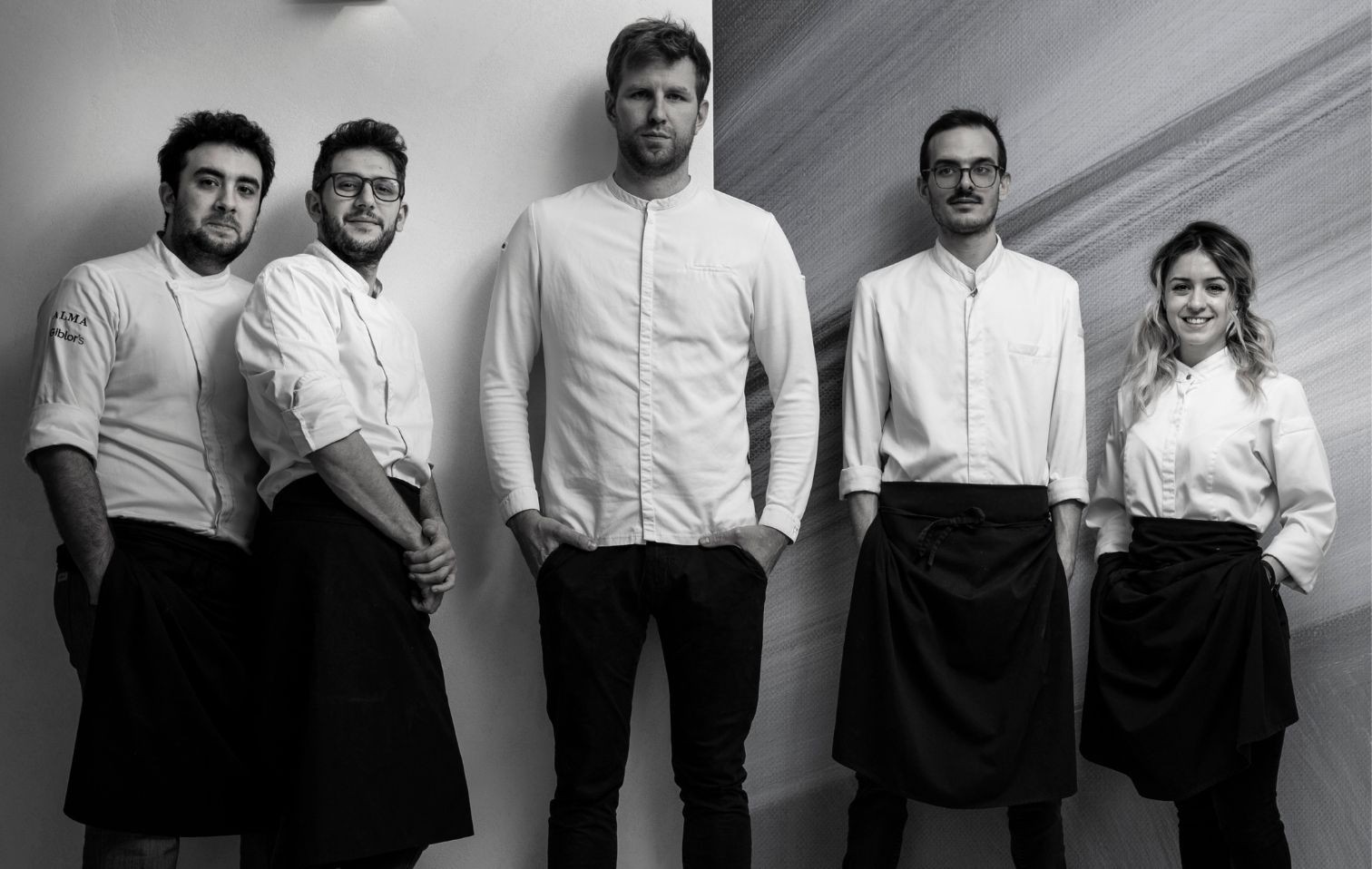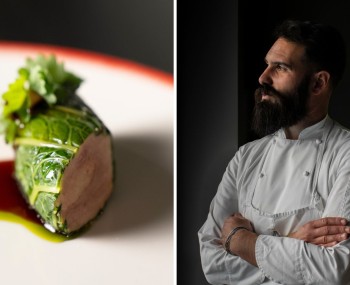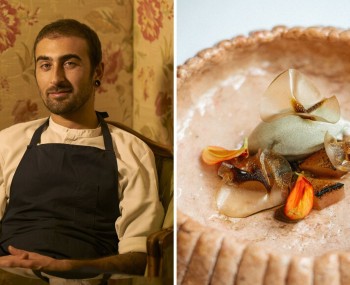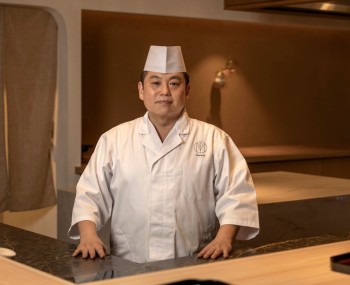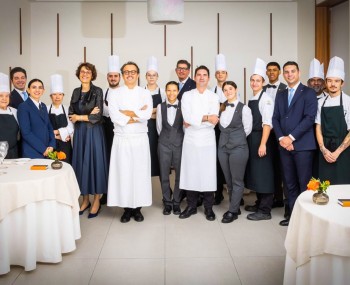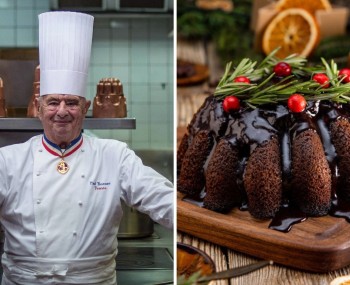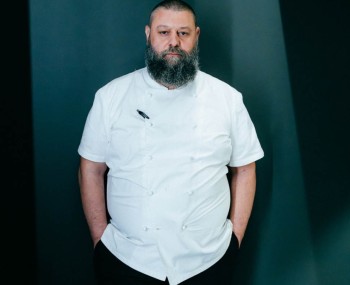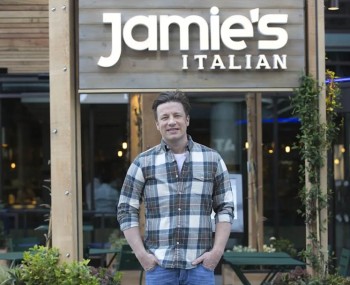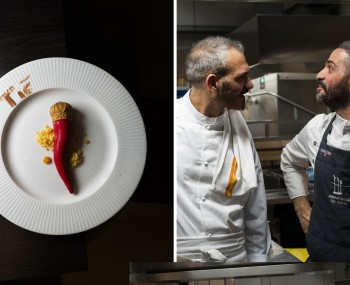Step into Borgia's world, where dining is an exploration of psychology as much as it is about flavors. Their innovative format redefines the boundaries between the dining room and kitchen, moving beyond the notion of standard "ordering."
The Restaurant
Less than 2 years since its opening, Borgia-Milan restaurant has already become one of the "places to be" in the Lombardy capital, with "Due Forchette" (Two Forks) awarded by the Gambero Rosso Guide in 2022 and officially listed in the Michelin Guide 2023. This success is thanks to an innovative and far-from-conventional dining project developed by Edoardo Borgia (the young restaurant owner, freshly graduated in Psychological Sciences and Techniques) and carried out by a young, competent, and ambitious team, led in the kitchen by executive chef Giacomo Lovato.

The goal is to revolutionize the very concept of hospitality and transform the customer experience into something unique, going beyond the mere pleasure of food to become an opportunity for introspection, to get to know oneself more instinctively, and consequently, to better understand others.
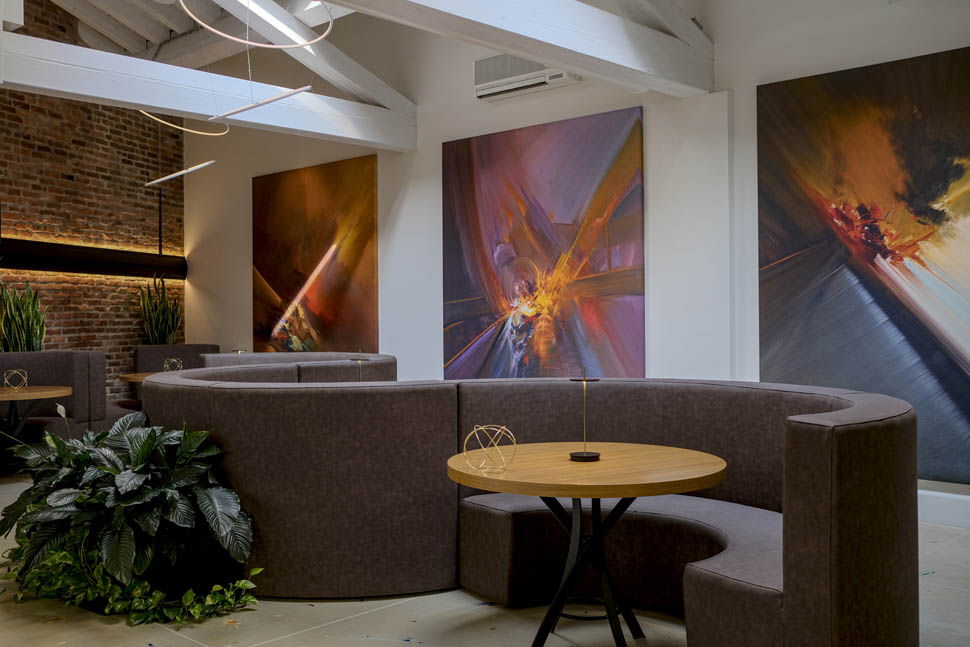
The Kitchen
Borgia-Milan is one of the few restaurants in Milan where the gastronomic offering is not conceived as a monologue from the kitchen to the dining room, but rather as a dialogue with the customer and a tool not for "Talking about the chef" but to encourage deep thought that leads the diners to know themselves better.
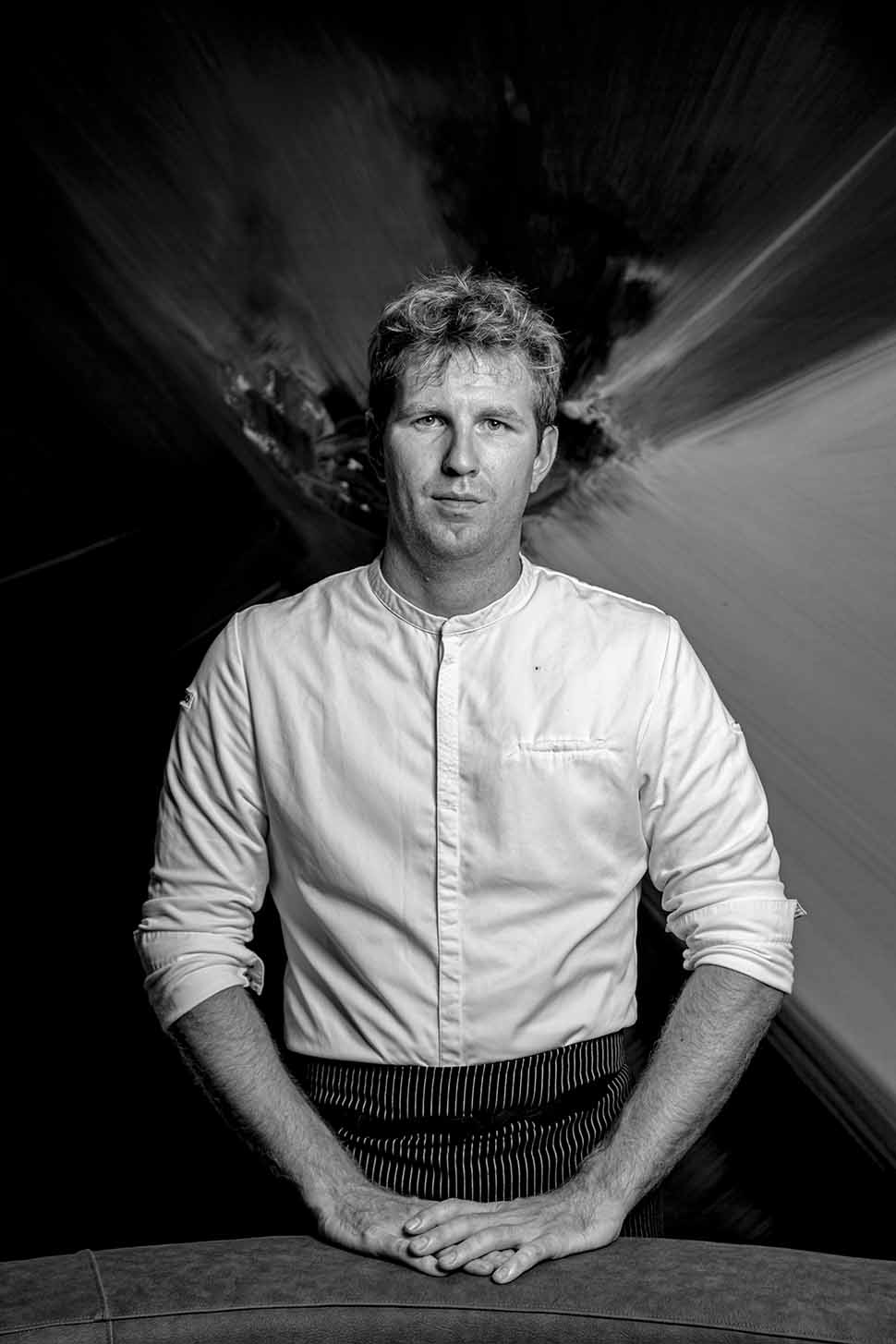
At the center of this concept is Psyche, a provocative menu of 7 or 10 courses (plus a 9-course vegetarian option) crafted in a unique configuration for every guest, it disrupts the conventional roles of the dining room and kitchen, moving beyond the idea of traditional "ordering." In fact, it's no longer the customer who chooses what to taste based on their immediate desires; instead, the dining room staff (led by restaurant manager Tiziano Sotgia) offers dishes deemed suitable for the tastes and needs identified through a short questionnaire conducted before the start of the dinner. The succession of courses thus becomes a surprise for the customer and a challenge for the kitchen, becoming a means to establish a connection based on empathy and mutual trust, a journey that enriches the palate and the mind, and a psychological exploration of oneself and others.
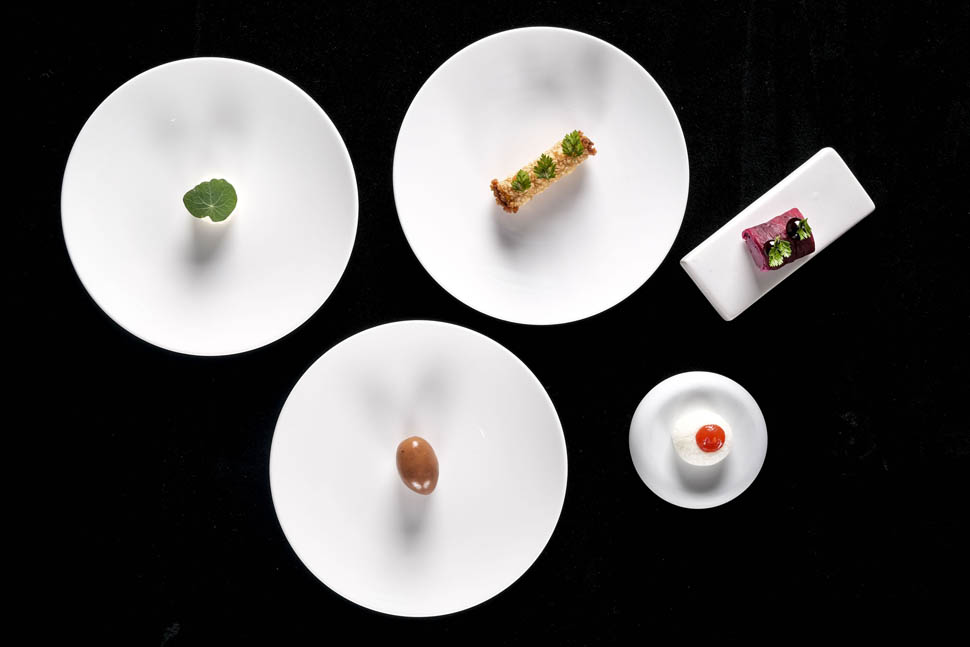
With Psyche, the diner is freed from the responsibility of logically defining their preferences, embracing the insights of gastrophysics instead. (The intricate interweaving of perceptual and emotional aspects that people develop towards food) and conveying the concept of a restaurant willing to place the customer at the center of its narrative, stimulating and guiding them to rediscover what they don't know (or don't remember) they love. The menu is designed as a journey that, through the interplay of harmonies and contrasts of colors, flavors, shapes, and textures, creates a swing of provocations and reassurances, sensory stimulations and reminiscences, transforming the meal into a moment of perceptive delight but also an opportunity for reflection, introspection, self-analysis, and connection with others.
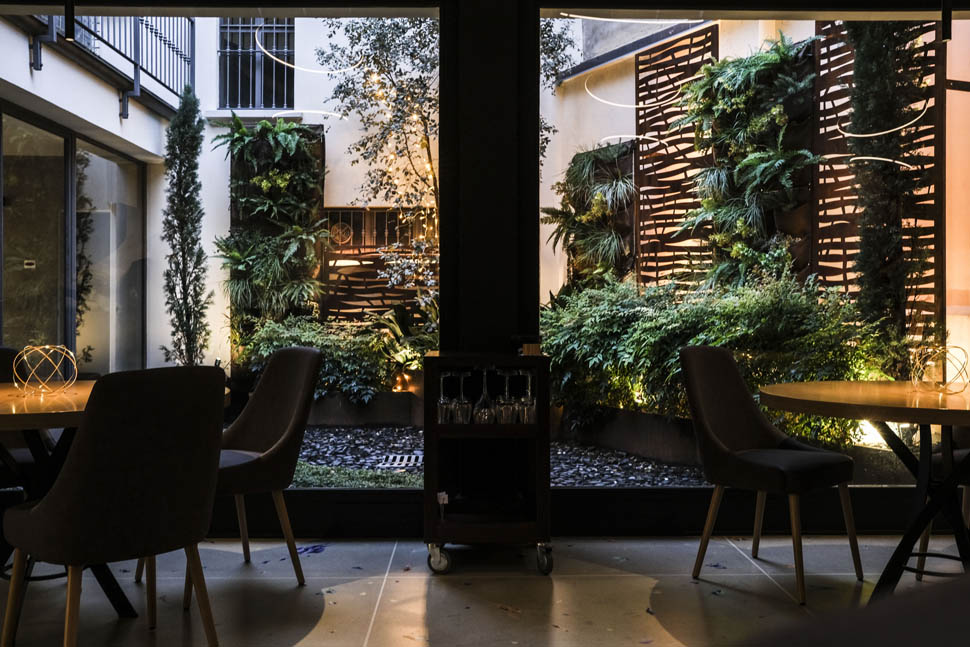
Although the Psyche option applies to the entire table, the dishes served end up shaping a "freehand" tasting, created in the moment and "tailored" for each guest, referring to Feuerbach's quote, "We are what we eat," and aiming to creatively translate the conscious and unconscious desires that each person nourishes towards food. This turns dinner into an opportunity to face a metaphorical mirror and, implicitly, engage with one's "fellow travelers."
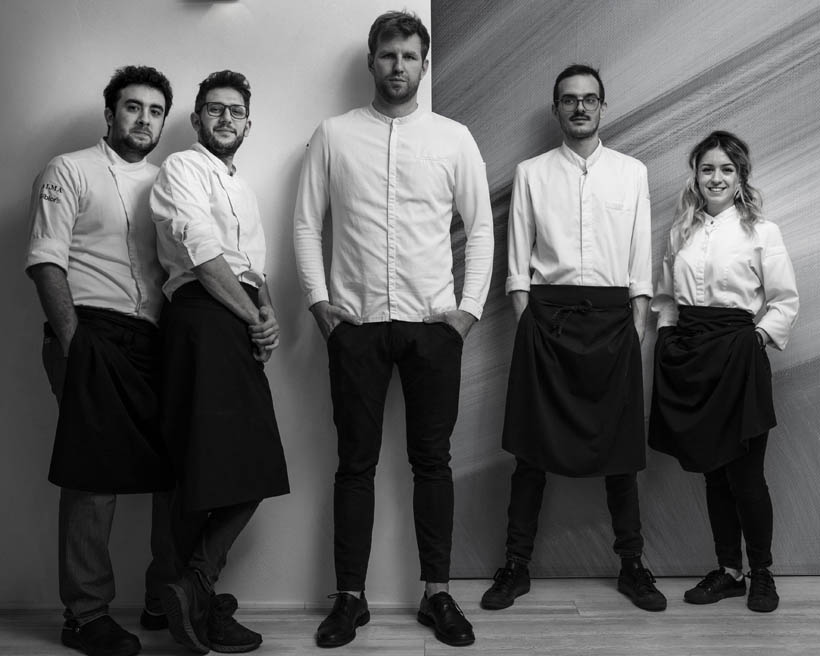
À la Carte Menu and Signature Dishes
For the less adventurous, Borgia Milano's fine dining proposal also includes a traditional à la carte menu: around forty dishes with intense and refined flavors, with a strong traditional yet "wild" imprint (reflected in the preference for wild and spontaneous ingredients).
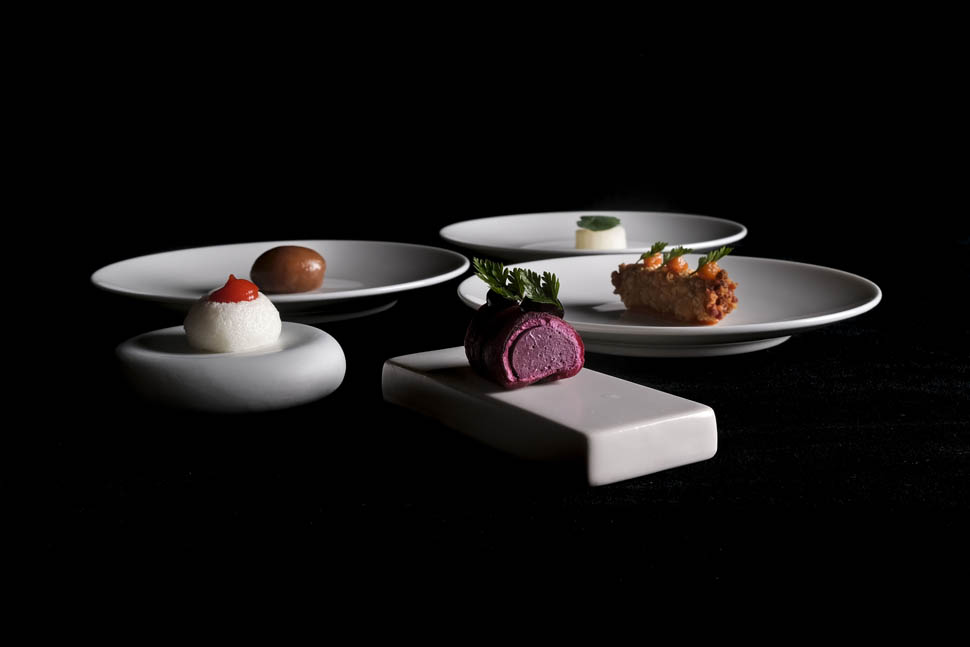

Tasting menus are also available: one focused on the signature dishes of 5 courses, representing the chef's most representative creations (yellowtail sashimi, watercress ceviche, sesame, and raspberry radishes; tagliolini with smoked trout broth, onion, and trout eggs; barbecued trumpet zucchini, pickled zucchini cream; pigeon cooked in three ways with blackberry, juniper, and hibiscus; tomato cream, confit cherry tomatoes, caramelized capers, basil ice cream, and milk crisps), and a 9-course vegetarian proposal that varies based on the availability and seasonality of ingredients.
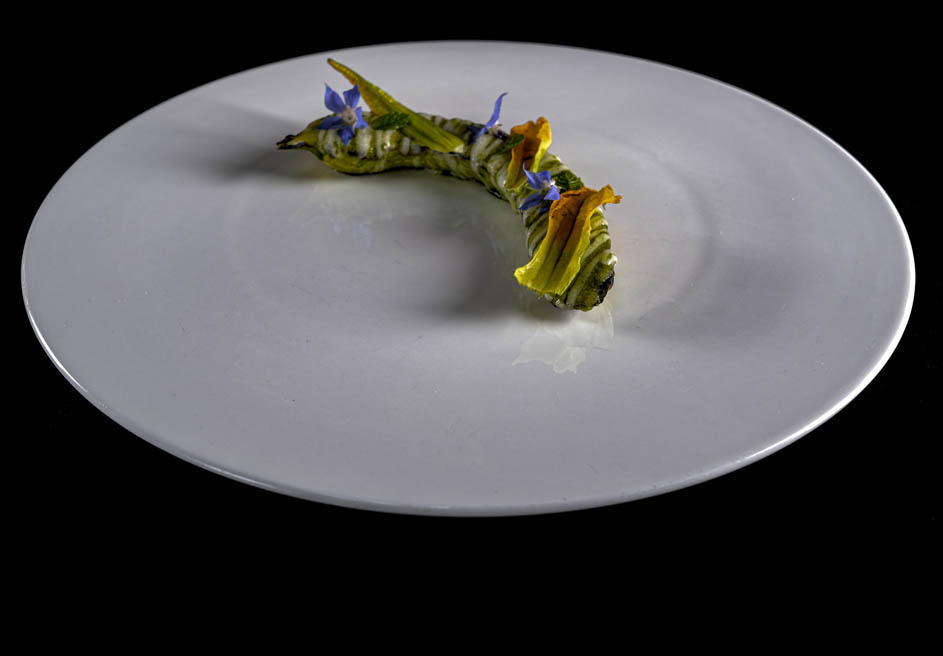

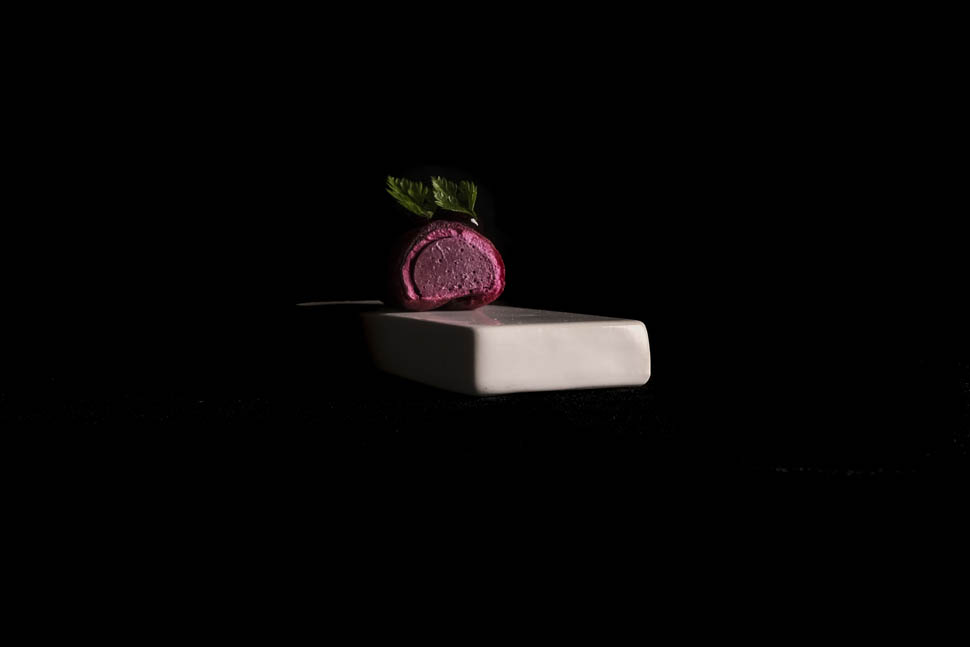
In any case, whether you opt for the traditional ordering or choose to be surprised with Psyche, Borgia Milano is a place of discovery, where you can immerse yourself and be the protagonist of a unique gastronomic and emotional experience.
The Venue and the Wine Cellar
The restaurant's space itself is something surprising and has its own personality: starting from the entrance, Housing a low-key lounge bar and the newly launched bistro; a place with understated decor, where, in addition to the counter, an impressive wine rack covers an entire wall. But when you enter the actual restaurant, you are struck by a succession of distinct yet coherent spaces, minimal without being cold, and masterfully designed to enhance even the transitional areas through a play of transparencies, shapes, and materials. The strict geometric lines of the tables and open double-sided bookshelves blend with the elegance of the design objects and seating in the main dining room, where the sloping ceiling with exposed beams lets the mind wander to ancient and unknown uses of the space.

The lighting is a combination of natural light filtering through the windows open to the winter garden and warm-toned artificial light, allowing the abstract paintings on the walls to be appreciated without diverting attention from the table itself, conceived as a "blank canvas" ready to receive an ongoing painting. The mise en place is simple, with no tablecloths and only a few objects as decorations: the cutlery is arranged according to the upcoming menu course, and the seating arrangement allows diners to "arrange the table" according to the proximity they intend to maintain with each other.
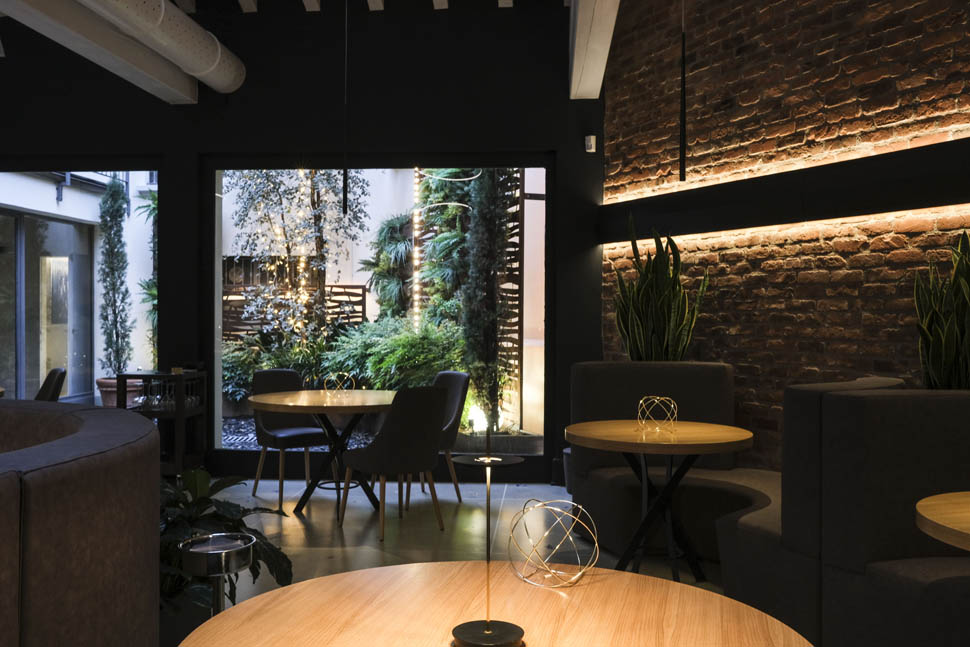
Lastly, unlike many other venues that opt for this choice, the kitchen is open but not used as a stage to attract the attention of the dining room; instead, with its discreet position, it assumes the role of a glimpse into the "behind the scenes" of a performance that, starting from a foundation of undisputed expertise and professionalism, is repeatedly improvised with creativity every evening.
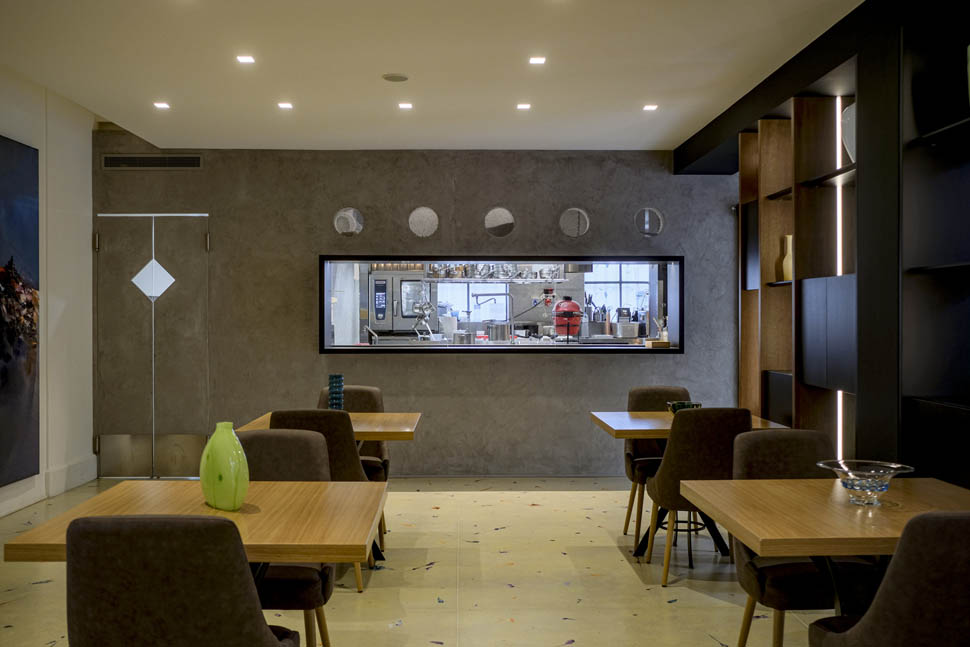
Everything at Borgia Milan contributes to making the guest the main character of a story that speaks about their uniqueness, conscious and unconscious desires, and their way of relating to the outside world, while also seeking to project Italian cuisine and hospitality towards an innovative future that respects the nature of the ingredients, the artisanal products, and the traditions related to their processing and use in the kitchen. The beverage selection is no exception: the wine cellar includes wines (but also beers, bitters, liquors, and spirits) sourced from all over the world, as long as they are produced by small winemakers who respect the fruits of the earth and are careful to maintain minimal intervention.
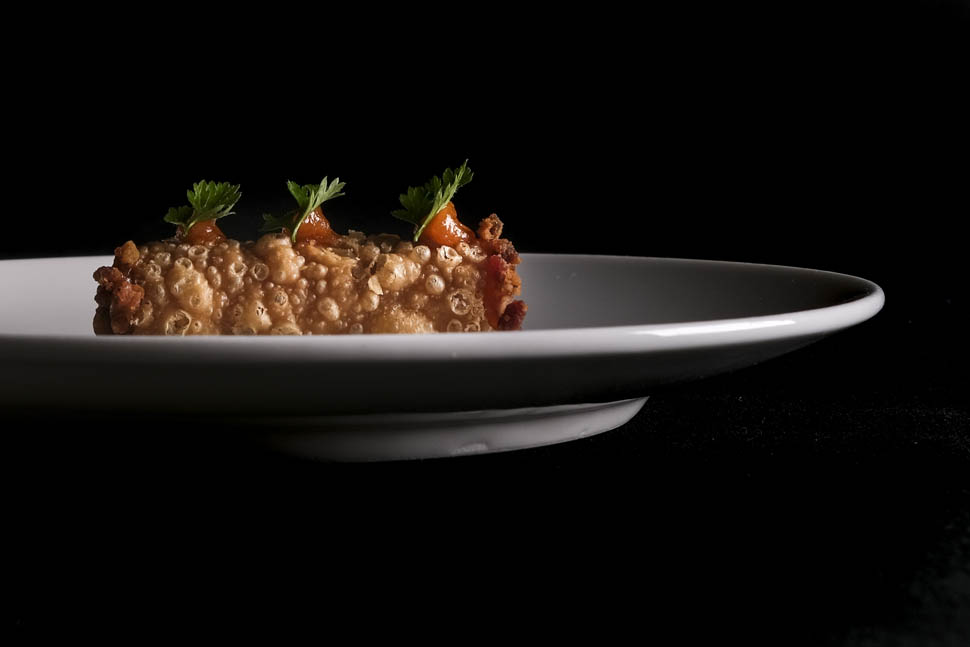
From their perspective, the wine pairings offered during dinner are designed to complement and balance the array of flavors featured in the menu, helping to soften the extreme savoriness of certain ingredients, counterbalance their richness, or enhance their indulgence. However, guests are welcome to bring their own favorite wine from home and share it at the table, subject to a "corkage fee" of 15 euros per bottle.
Photos by Lido Vannucchi
Address
Borgia Milano
Via Giorgio Washington 56, 20146 Milano
Tel: 02 48021442
